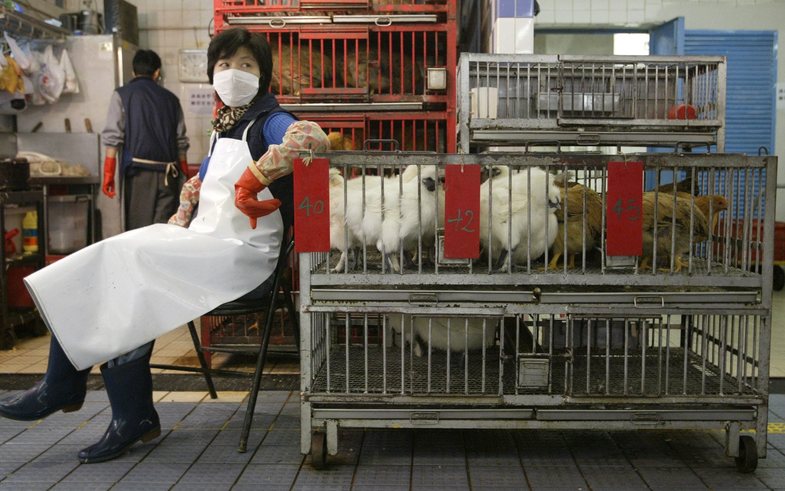
Caution: The following images may be of concern to some readers
It is rumored that the coronavirus pandemic was started by bats and then infected another animal at a livestock market in Wuhan, China. However, scientists have not yet determined how coronavirus passed to humans.
But these types of markets, known for their strange animals, are also known to operate in unsanitary conditions.
"Animals are alive, there are feces everywhere. There is blood because it is slaughtered there, ?Peter Daszak, president of the EcoHealth Alliance, told the Associated Press that he protects wildlife and public health from new diseases.
"Livestock markets" are places where "fresh meat, fish and fruits and vegetables are traded." They also trade exotic animals.
The HUanan Seafood Ëholesale Market in Wuhan, before it closed, traded species such as salamanders, small crocodiles, and raccoons known as wildlife, although they were bred precisely to be slaughtered.
Like many other markets of this nature in Asia and elsewhere, animals in the Wuhan were kept next to each other or in cages in the form of shelves.
Animals in these markets are slaughtered there to be as fresh as possible for the consumer. This practice increases the chances of a virus passing from animals to humans and invading the population.
An NPR journalist who visited the Tai Po market in Hong Kong wrote: ?Live fish in the buckets sprinkle water on the floor. Banks are red because fish are killed and filtered in front of customers. The ice melts on the floor. There is water, blood, scales and chicken pox everywhere. Everything is wet. ?
Finally, China's Ministry of Agriculture published a list of animals that can be raised for consumption. The list includes pigs, chickens, cows, sheep and species such as deer, alpacas and ostriches. Two fox species, the raccoon and the mink, can be bred, but not for consumption. The list includes dogs, pangolins, bats and cats.





